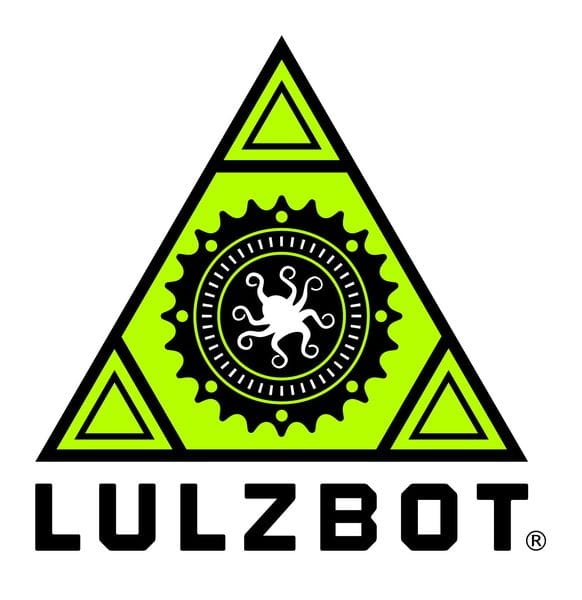
Is it really possible to produce a truly open source 3D printer at scale and be successful in the market?
I had some thoughts on this question after discussing the topic with John Olhoft, the CEO of FAME 3D, who have recently taken over production of the very popular open source LulzBot line of desktop 3D printers.
LulzBot, as you may recall, is one of several well-known 3D printers that are entirely open sourced; that is to say, their design files are publicly available under an open source license. Thus, anyone with the know-how, parts and time can essentially replicate the device.
Some may wonder how on Earth a company could release their machine designs to the public in this way and still be a viable company. Could not anyone simply make their own machine and eliminate the need for a purchase?
That’s partially true: some individuals do indeed take the open source plans and make their own equipment, often modifying the design slightly to provide better results. Sometimes these modifications make their way back up to the master files for the device design.
Commercial Open Source Companies
The essence of a commercial open source company is to do those parts better: building, delivering and servicing. This involves finding the best possible components at the best pricing; providing the best possible assembly experience or pre-assembling the machine altogether; providing the best possible service experience to ensure customers maximize their uptime.
Because the machine design is open source, you cannot really compete on the design, as anyone can duplicate it. But the trick is in HOW you implement the design. That’s what an open source company is all about.
Sometimes it’s quite challenging to compete, especially on price. Years ago MakerBot began as an open source company, but when faced with offshore manufacturers producing the same device, more or less, from their open sourced designs at half or even a third of their price, something had to give. In the end MakerBot retreated from their open source stance and ever since have made closed source machines.
LulzBot is another open source 3D printer, and this still is the case, even with new management operating the factories. There was a fear that the new owners of LulzBot might “pull a MakerBot” and close the source to the device. I’ve been assured by FAME 3D leadership that will not be the case.
However, there’s some interesting twists to the story.
Aleph Objects Open Source Strategy
Before FAME 3D took over the LulzBot brand it was operated, and indeed created, by Aleph Objects of Colorado. The company was founded as an open source company as above, but it went far beyond merely producing an open source product: apparently the entire operation behind the scenes was powered solely by open source products.
For example, instead of using Microsoft Office, they used open source equivalents. Some tools were simply not allowed to be used, as they were not open source, including WiFi!
While this strategy completely aligned with a pure open source world, both products and tools to make the products, it was quite burdensome on Aleph Objects. I’m told by Olhoft that they were spending vast amounts of money on programmers to modify open source tools to enable functionality that was not available.
Meanwhile, such functionality was commonly viable in non-open source tools at retail costs. This caused Aleph Objects to “pay a penalty” for their internal open source strategy, making their company less financially efficient than their competitors.
Open Source FEA?
One glaring problem that I don’t think many realize is that Aleph Objects’ internal open source strategy prevented them from using commercial engineering tools like SOLIDWORKS.
This meant they were unable to use standard engineering functions like finite element analysis (FEA) in designing their product!
This is quite astonishing, as it meant, for example, their hot end airflow ducting designs would have been less effective because they could not analyze the airflow. As far as I know, there are no open source FEA tools one could use in this situation. This clearly put Aleph Objects in a difficult competitive situation, even though they maintained a pure open source operation.
It may be that this strategy could have been what sealed their fate, as the company eventually closed their doors due to financial reasons.
FAME 3D Open Source Strategy
Meanwhile, FAME 3D, who bought the LulzBot assets from Aleph Objects, intend on maintaining an open source product — the 3D printers — but NOT maintaining an open source production platform. Thus, they are able to take advantage of inexpensive commercial tools to get things done. They can use (and are using) SOLIDWORKS in the development of new products, which are apparently to be released later this year.
The impression I received from speaking to FAME 3D leadership is that the changes they made to the internal open source strategy is one of the major reasons they are now in significantly better financial condition than Aleph Objects.
After hearing all this, I ask the question of whether it is possible to produce a truly open source 3D printer and succeed in the market. The answer seems to be yes, you can make an open source machine, but you’d have significant challenges if you do so using only open source tools.
